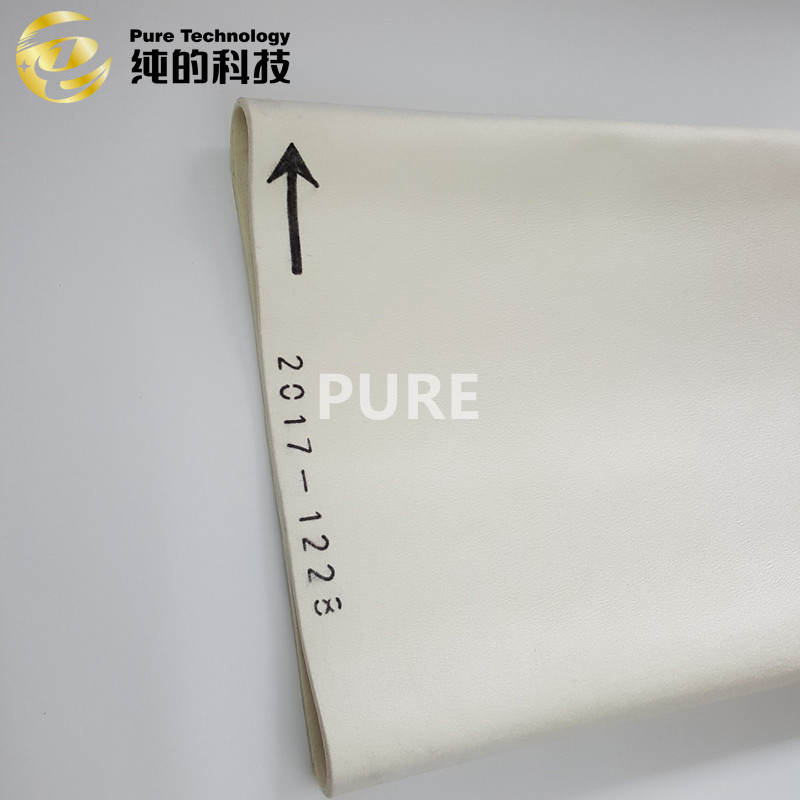Nowadays, personalized and customized products have become an important means to attract consumers. Unique patterns and designs can make products stand out.
With the booming sublimation printing business, especially the increasing popularity of calendar heat press, understanding and mastering heat press technology has become a necessary skill for many companies and individual creators. This article aims to provide a comprehensive guide to the heat press.
A calendar is a mechanical device used to improve the gloss, flatness, and physical properties of the material surface. It is widely used in papermaking, printing, plastics, metal processing, and other industries.
Its core function is to optimize the surface quality by physically deforming or rheologically modifying the material surface through the synergistic effect of pressure and temperature.
The calendar heat press machine is mainly composed of a printed matter conveying mechanism, a mechanical transmission, an electrical control system, and other parts.
Including printed matter conveying table, manual high-pressure oil pump, hot pressing roller, pressure roller, speed regulating drive motor, calendering steel belt, cooling box, observation door, cooling water tank, ventilation circulation system, transmission roller, printed matter collection table.
The working mode of the calendar press is usually continuous rolling. The printed matter is transported from the paper feeding table to the calendering belt between the hot pressing roller and the pressure roller.
Under the action of temperature and pressure, the coating adheres to the surface of the calendering belt and is calendered. The coating layer after calendering gradually cools down to form a bright surface layer.
The calendering belt is a specially treated stainless steel ring belt. There are multiple groups of far-infrared heating sources inside the hot pressing roller to provide the heat required for calendering.
The pressure roller mostly adopts an electric hydraulic pressure regulating system, which can accurately meet the pressure requirements in calendering.
A speed-regulating drive motor or a slip motor can control the calendaring speed.
Regularly check components such as calendar bars, rollers, and heating systems for wear. Clean the surface of the calendar to prevent ink and residue buildup that can affect the calendaring effect.
Lubricate key components regularly to ensure smooth operation of the equipment. Make sure the temperature and pressure settings are accurate for the materials used.
A good maintenance plan can improve production efficiency and product quality. Create a maintenance plan that lists the main activities and times. It is useful to keep a record of the maintenance work completed.
|
Maintenance Task |
Frequency |
|
Cleaning of heat plates |
Weekly |
|
Inspection of components |
Monthly |
|
Calibrating temperature |
Quarterly |
|
Lubrication of moving parts |
Yearly |
Check whether all parts of the machine are normal, especially whether the pressure part is worn or deformed.
Before calendering, ensure that the quality and thickness of the paper are uniform to avoid affecting the calendering effect.
Pay attention to safety during operation and do not put your hands or other objects in the calendering area.
When using the calendar, the temperature and pressure should be controlled to prevent the paper from being over-dried or damaged.
Regularly maintain the calendar, including cleaning, lubrication, and replacement of worn parts etc.
Endless felts are made of 100% aramid (Nomex) fiber. They are the most important component in the calendar, which can print the pattern from paper to fabric, helping to increase pressure and temperature.
Felt has excellent high-temperature resistance and wear resistance, and our special resin hardening process can extend the service life.
Our felt is suitable for printing on a variety of fabrics, stretch fabrics, waterproof fabrics, decorative materials, non-woven fabrics, and perfectly fits various machines.

If you have special sizes, you can also customize them. Welcome your inquiries and trial orders. If you need information on other products, please feel free to contact me. We are a manufacturer specializing in the production of high-temperature resistant felt.
As we know, Heat Transfer Printing Felt is suitable for fabrics, decorative fabrics, curtains, le...
Read Safety Rules for Laundry Management to be a qualified manager. PARTⅠ Laundry room Safety Gen...
The aluminum extrusion machine is the leading equipment for the production of aluminum profiles. ...
Heat transfer printing is a contemporary printing process in the clothing market. It prints the p...
In the textile industry, felt is only a small part but important. About how to choose felt that i...
Foshan Pure Technology Company., Ltd. helps conveyor belt manufacturers source equipment to metal...
What is Nomex? Meta-amide, or meta-phenylene isophthalamide, is made from meta-phenylenediamine a...
Kevlar fiber Introduction In the development of materials science, Kevlar fiber has particularly ...